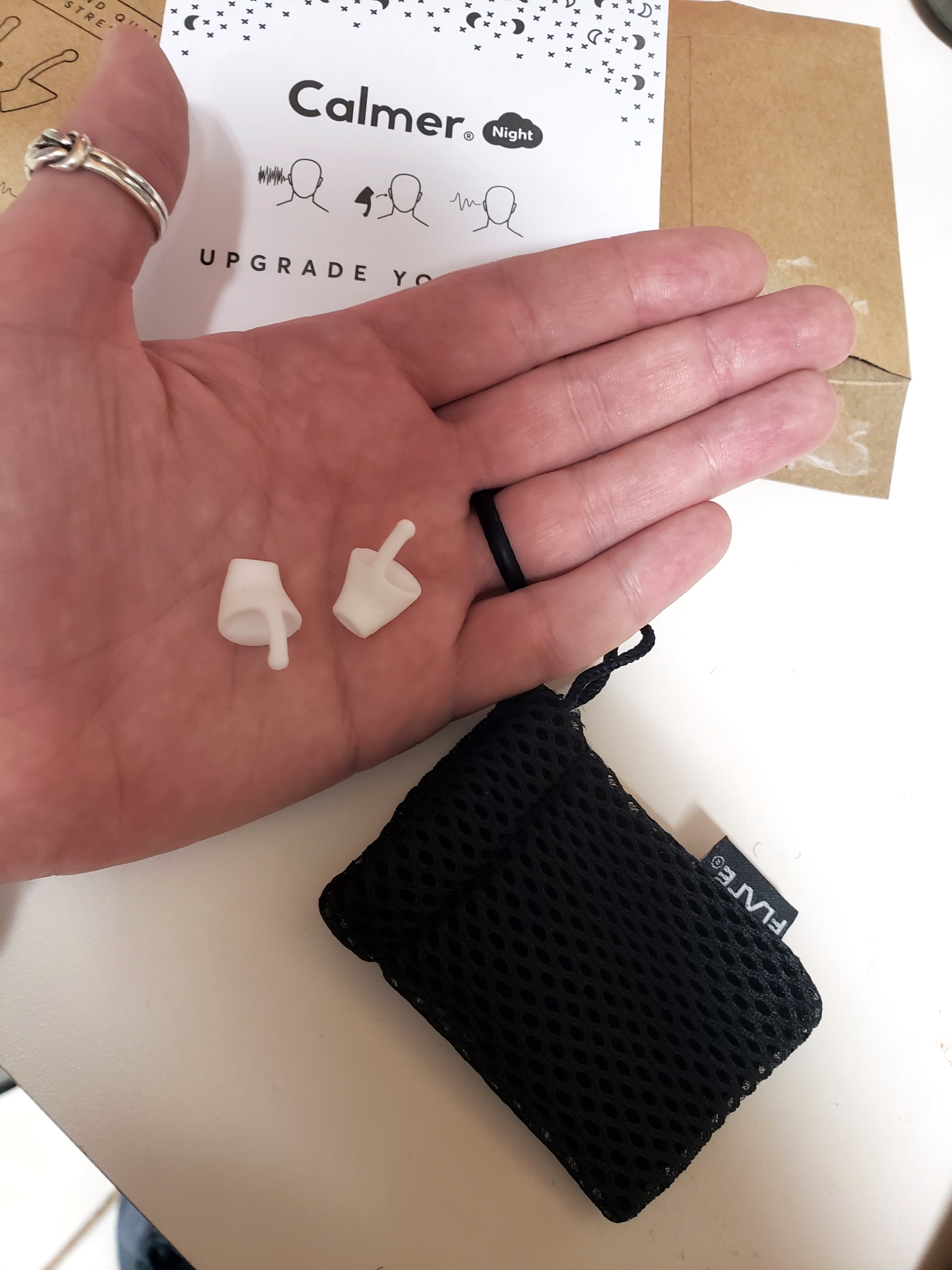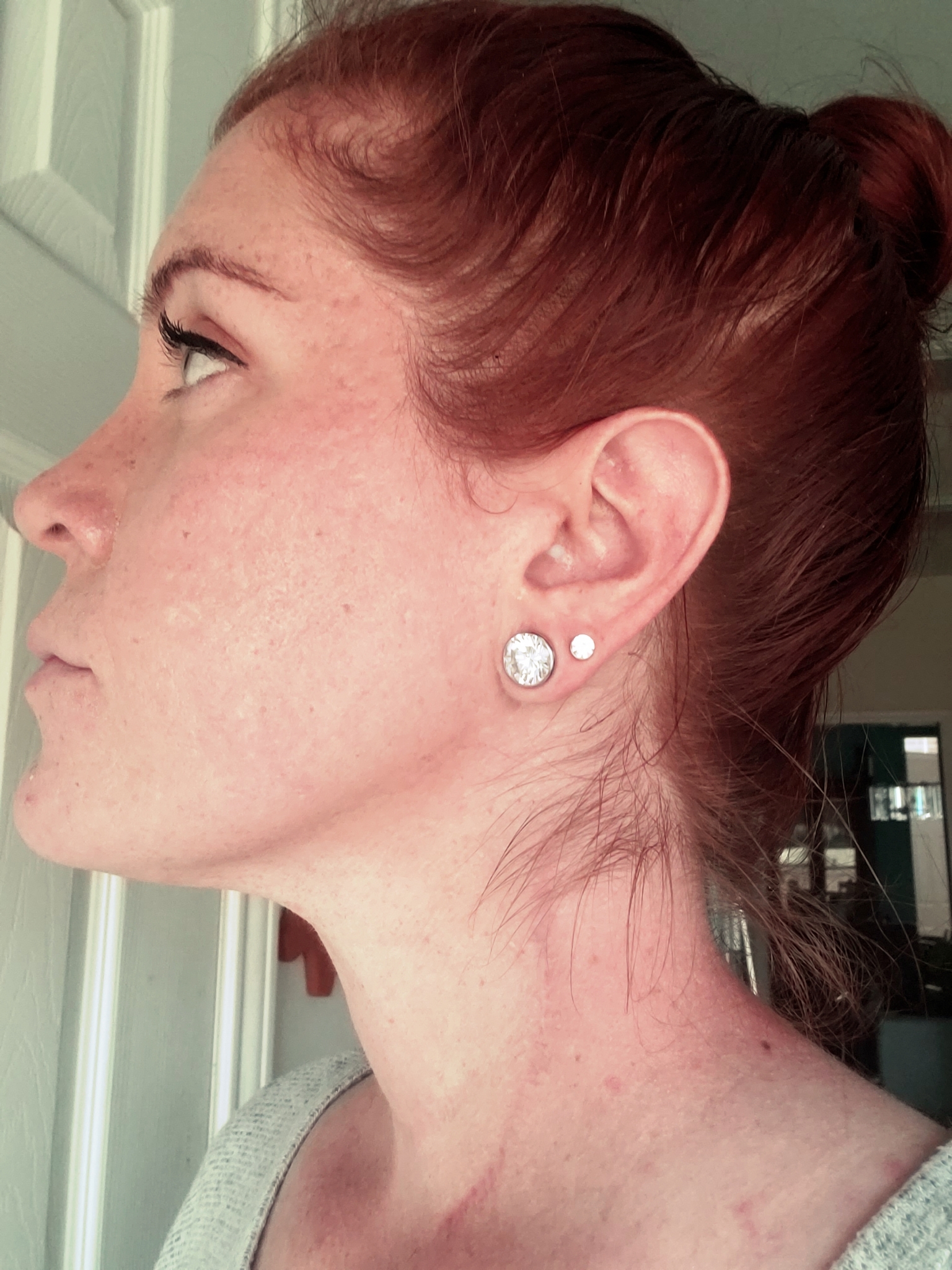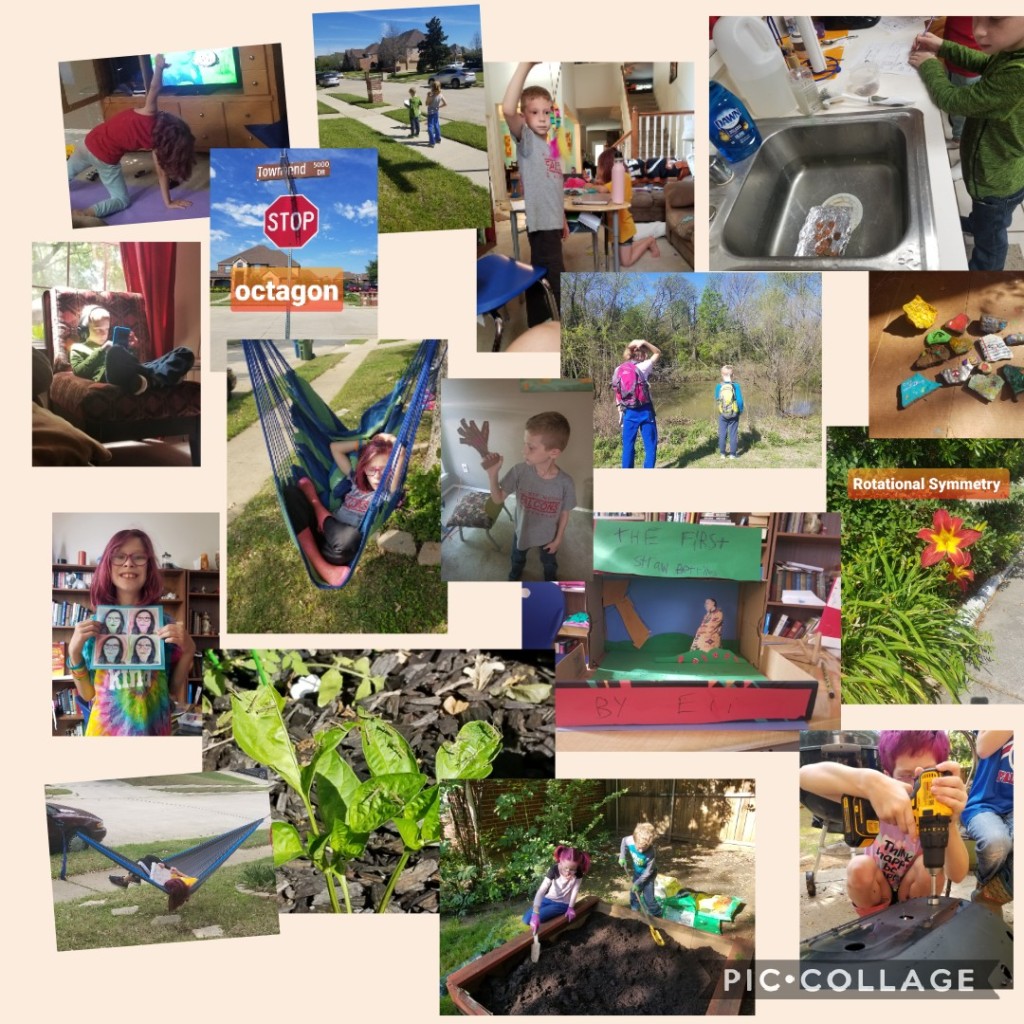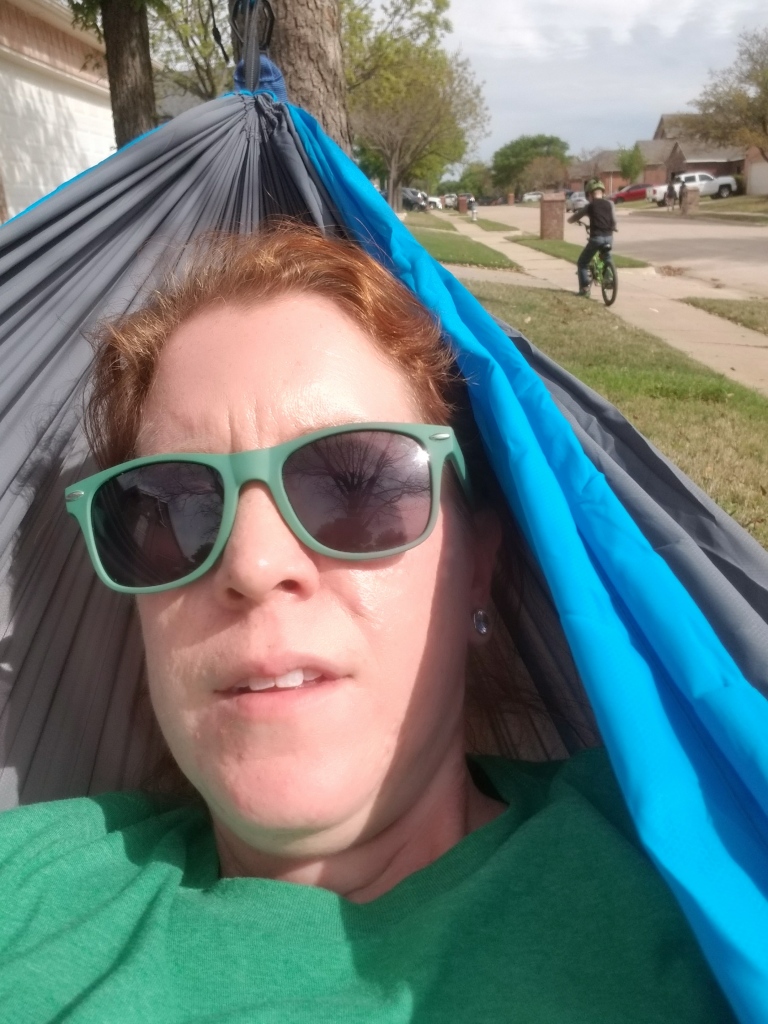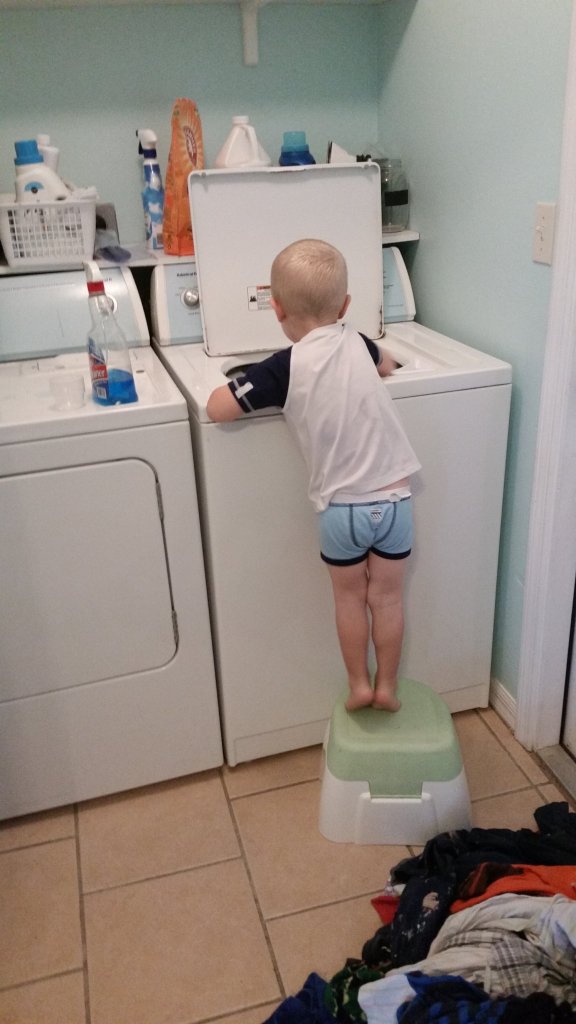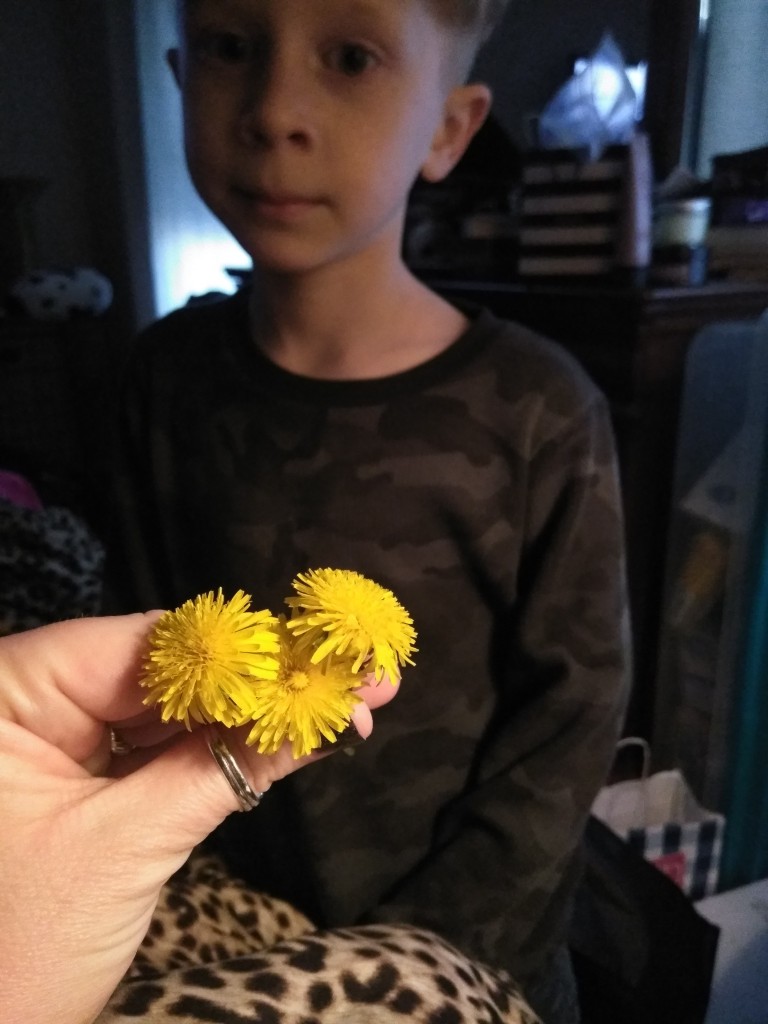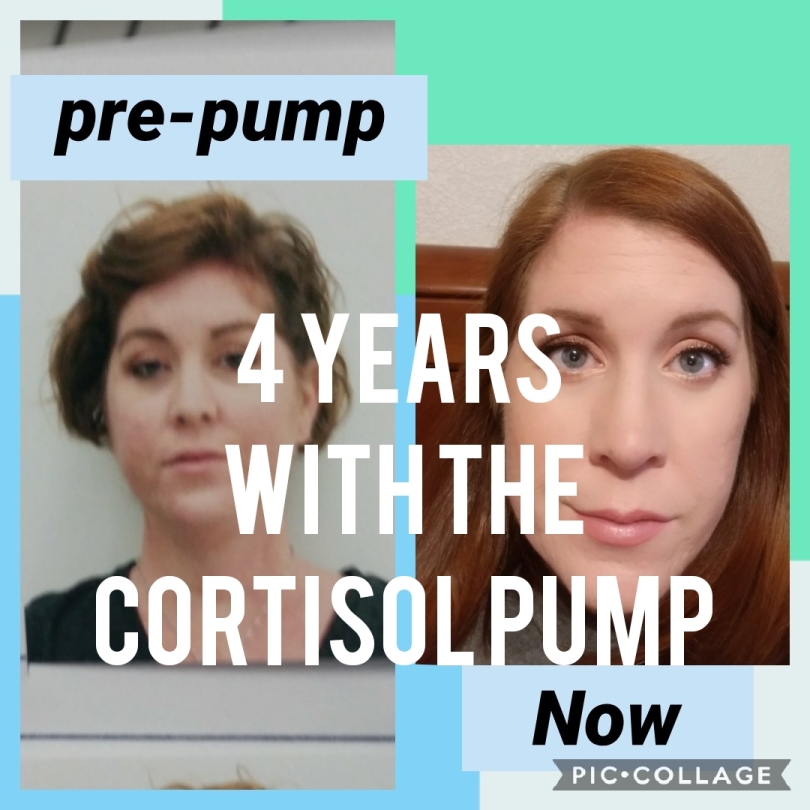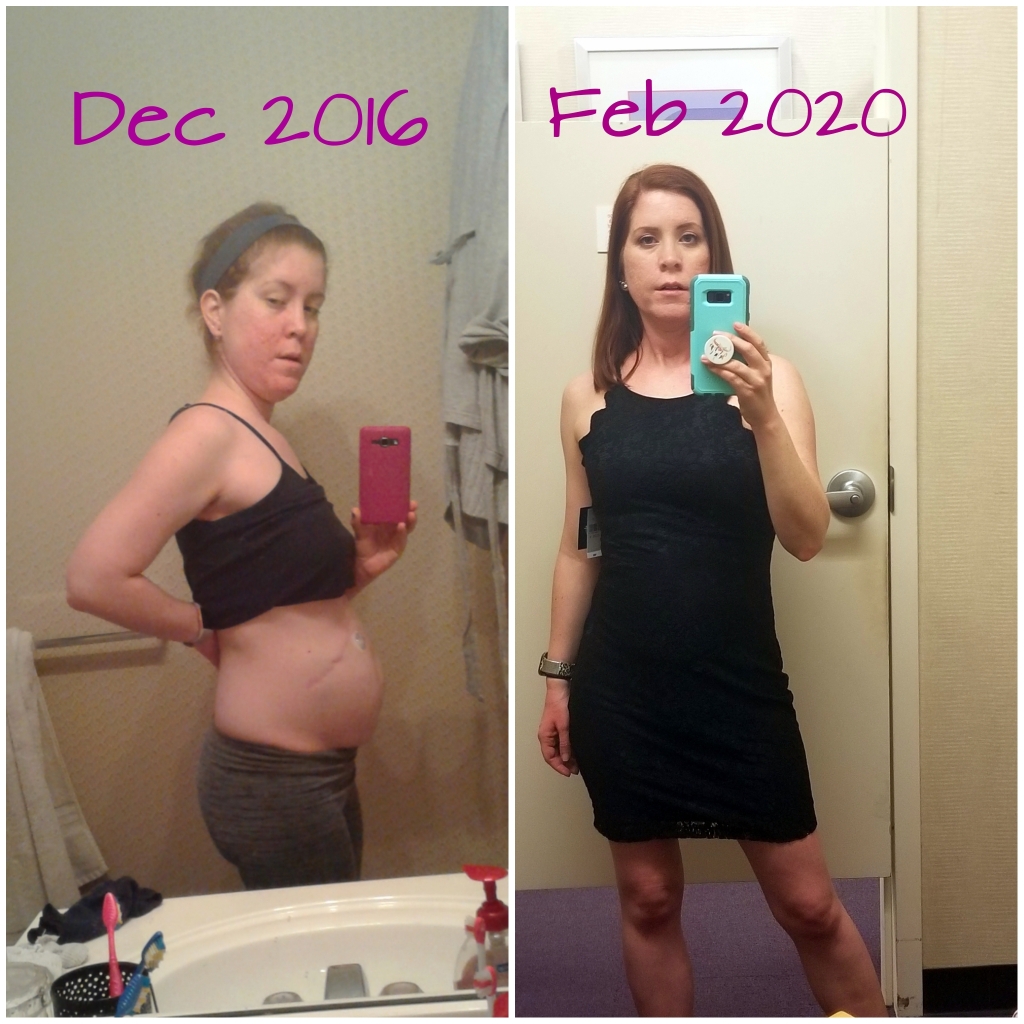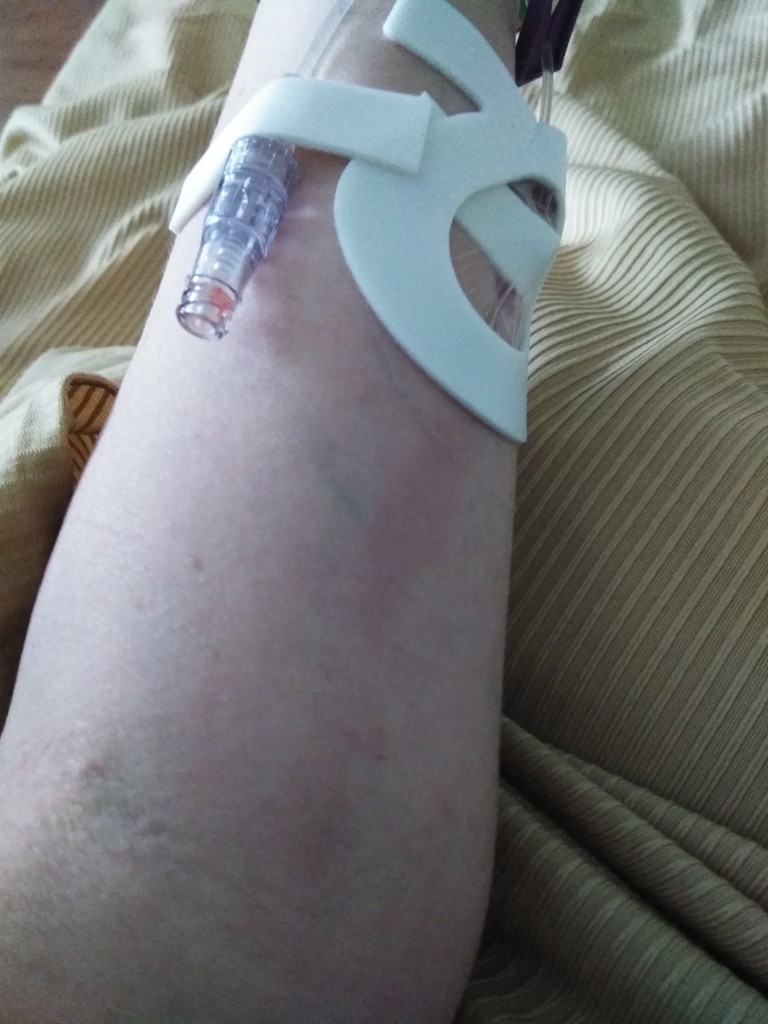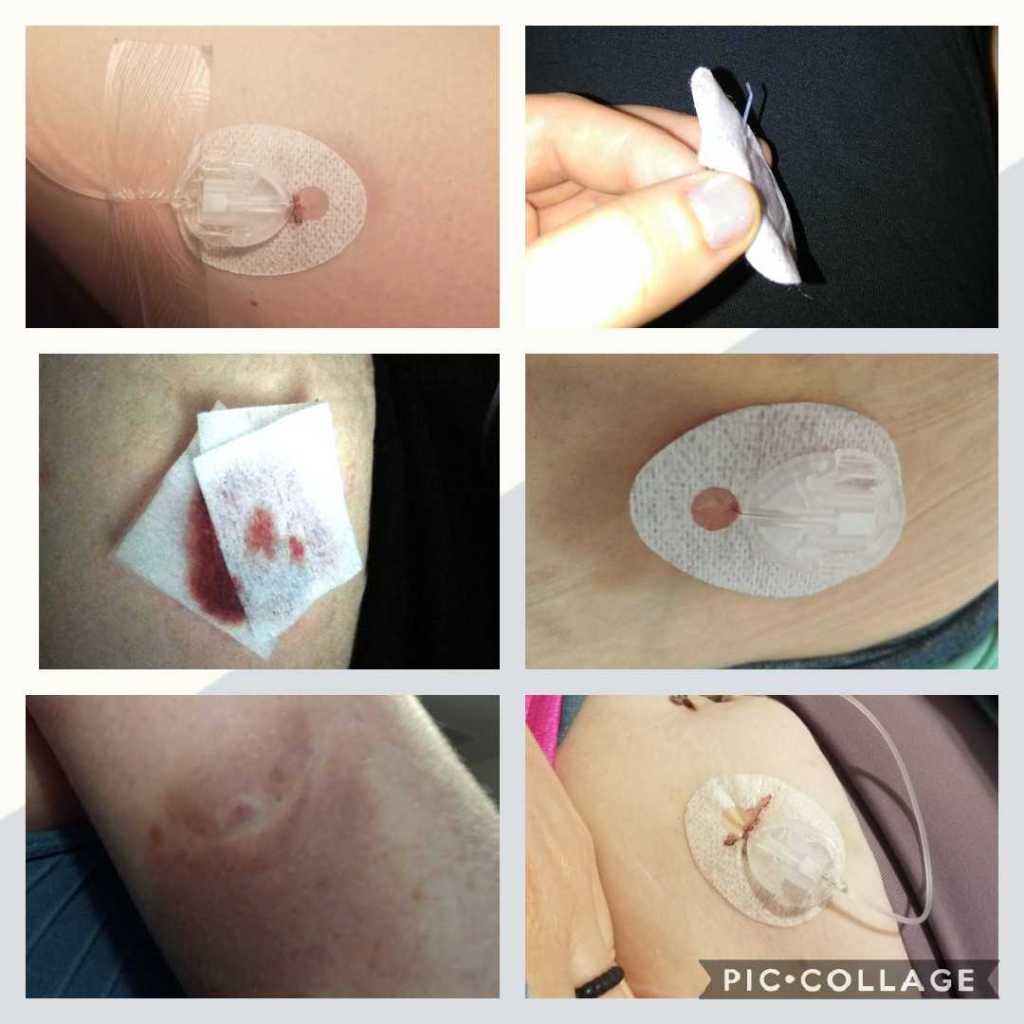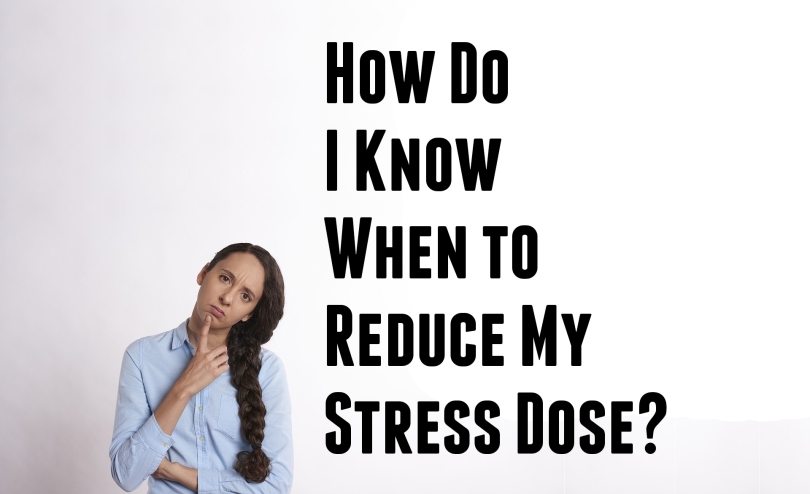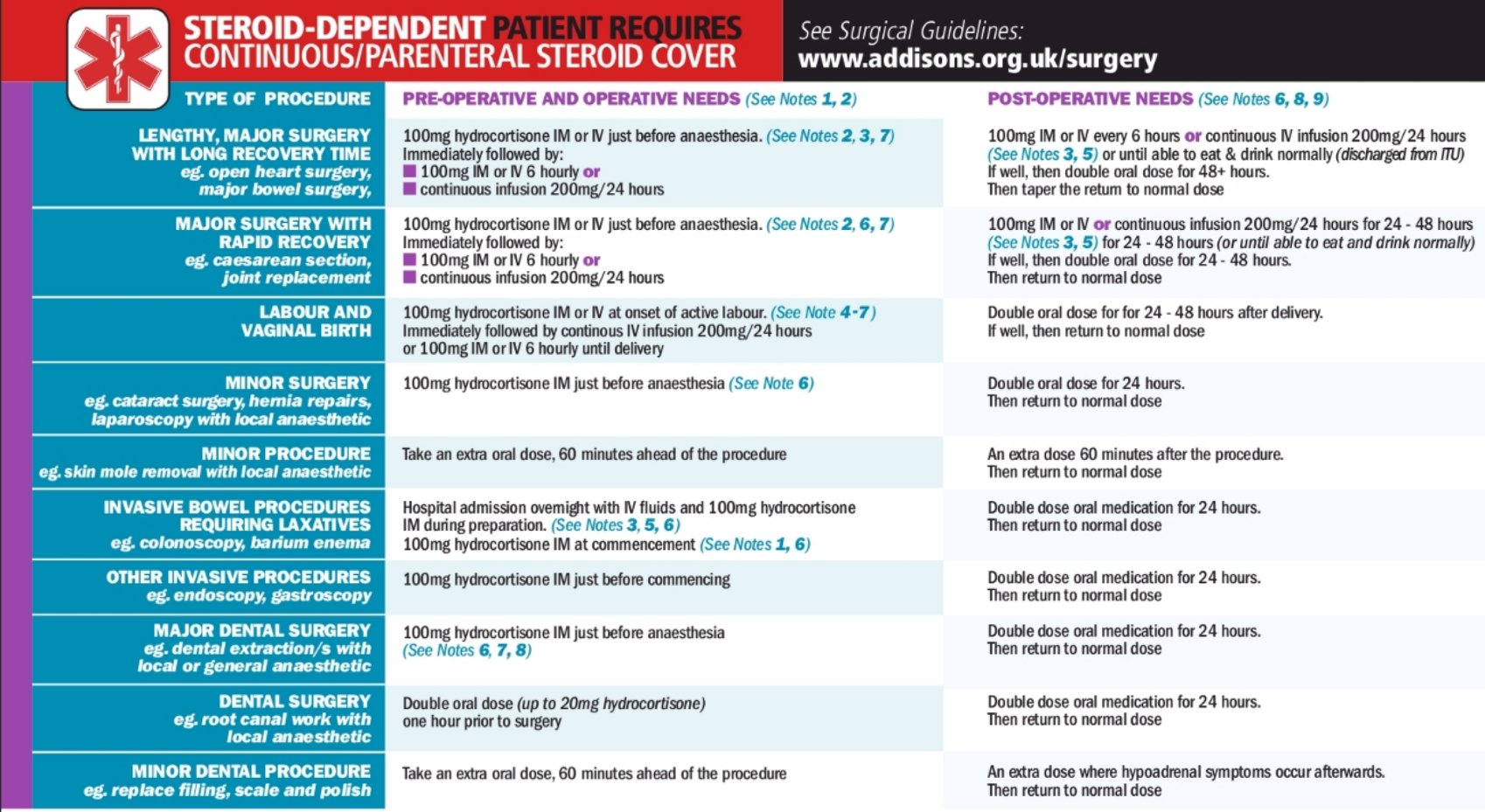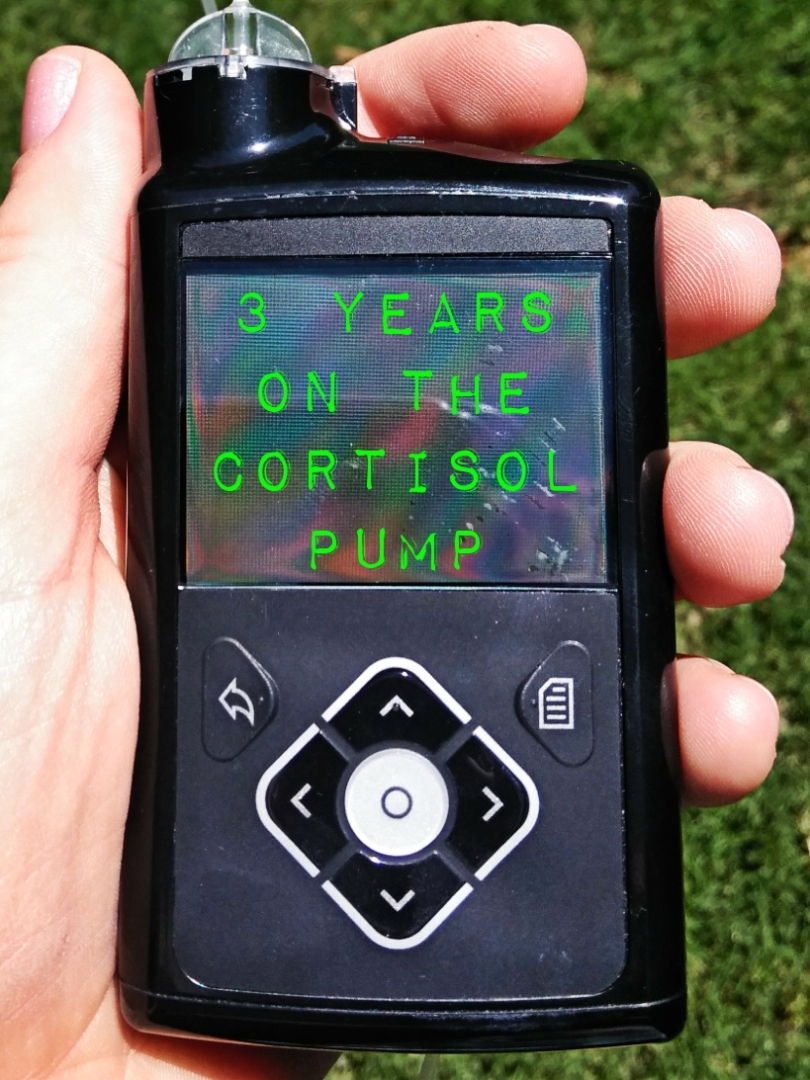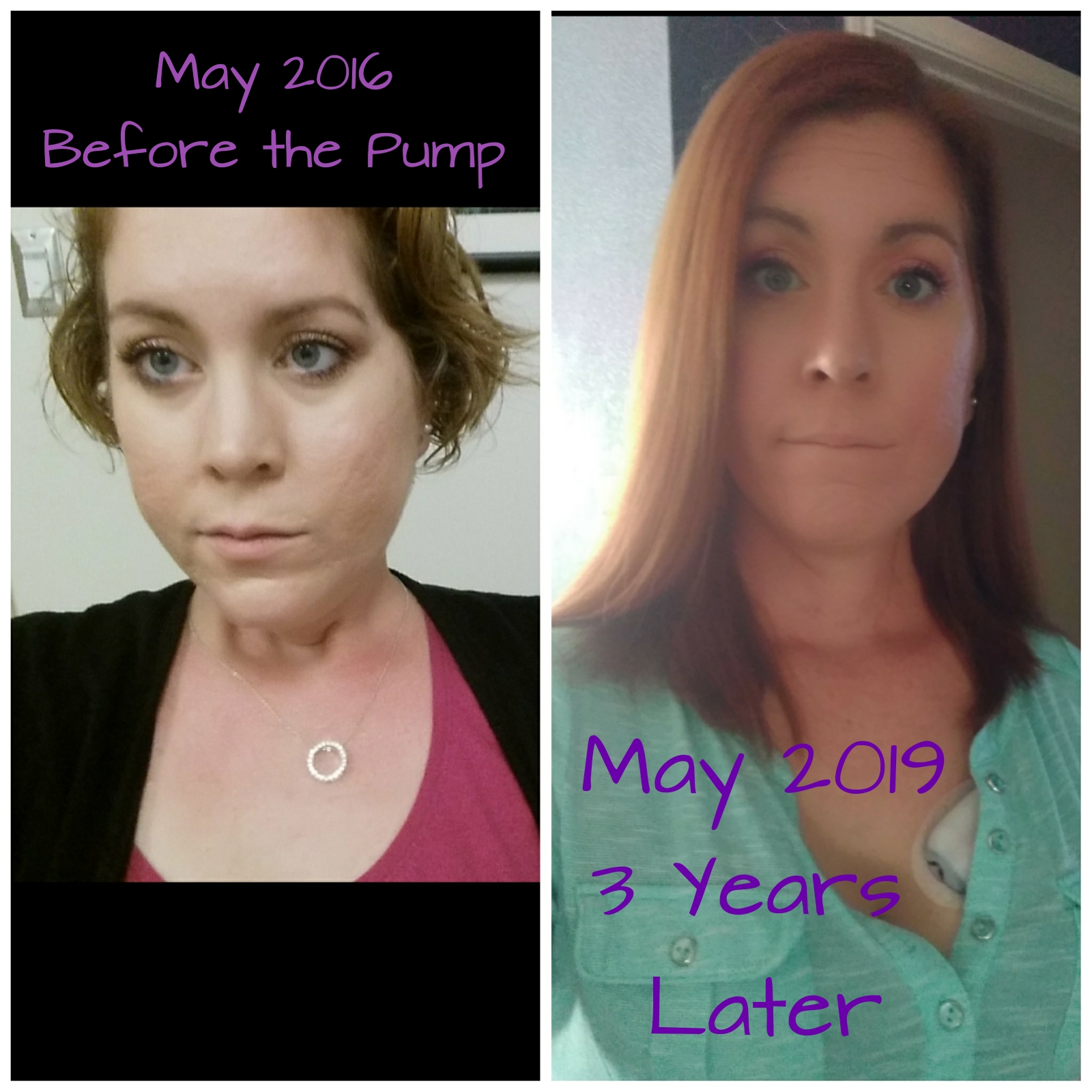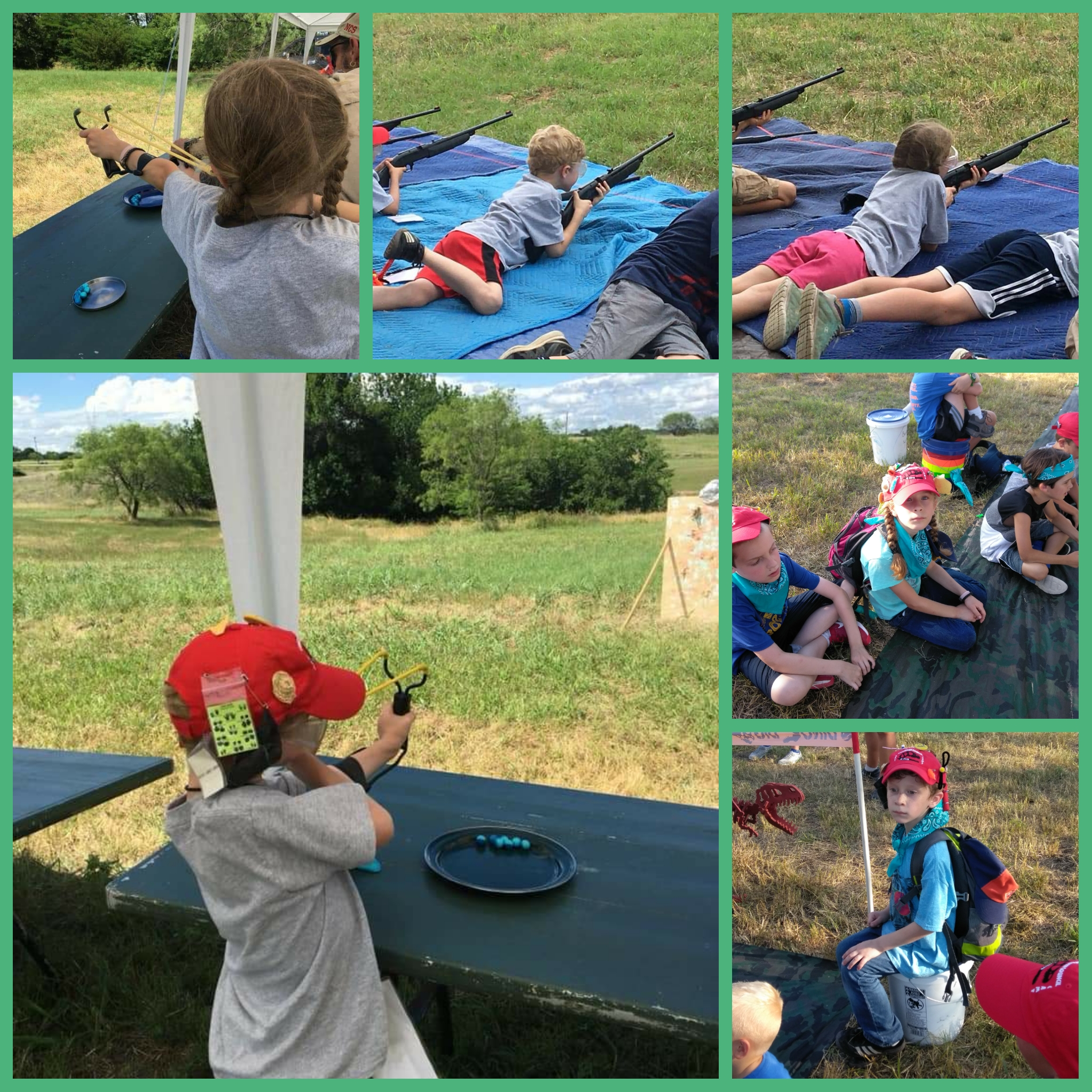Ever since I became adrenal insufficient in 2014 sensory issues have been a struggle. This includes light, touch, smell, and probably the most problematic for me is sound sensitivity.
A quick google search uncovers several articles and studies concluding that loud, abrupt, or certain frequencies of sound increase cortisol production in non-adrenal insufficient people. So, what happens to a body that can’t make this additional cortisol? For me it was fatigue, irritability, physical pain, and extreme generalized discomfort nearly every day. It was like someone took a cheese grater to my nerves and I felt beaten and raw, like I needed to escape from this cacophonous sensory nightmare.
To combat this problem, I would sometime wear headphones around the house or the disposable orange squishy ear plugs. These worked well preventing this sensory overload. I noticed I was much calmer, happier and more productive when I was listening to music or blocking out the sounds completely.
However, I live in a household of 5, so tuning out my entire family was frustrating for them. It wasn’t fair for them that I was tuning out completely. So, I stopped using these strategies, and the sensory sensitivity was a constant burden once again. There had to be a better way.
I’d seen some ads online for an earplug type product that claimed to reduce stress from harsh noise. However, there were several products on the market that had similar claims. It was overwhelming weighing the many options. I finally whittled the decision down to 2 products: Flare Audio Calmers, and LOOP earplugs.
I was intrigued by the Flare Audio Calmers, because they did not reduce all sound like the LOOP and other types of ear plugs do. The calmers would still allow me to hear, but according to their website, it reduced specific frequencies that are stressful to our nervous system.
I consulted my support group of nearly 5,000 adrenal insufficient women for their opinions. Someone suggested the night time version of the calmers, saying that they were a softer, more comfortable silicone, however I also liked that the regular, daytime version of the calmers had a mini size that was available in transparent silicone, making them very discreet. So of course, I ordered both versions!
Flare Audio is based in the UK, and as I am in the United States, it took 2 weeks for my new ear plugs to arrive. I was very patient and very ready to get some relief from this sensory torture I was feeling every day.
SO HOW ARE THEY? DO THEY WORK?
In a nutshell, yes, they work! I tried the Sleep Calmers first. I found them to be comfortable and easy to insert provided you are looking at the instructions the first time. I should mention that I normally wear orange foamy ear plugs to bed every night, so my ears are not unaccustomed to earplugs. I wore the Sleep Calmers to bed that night.
I am a side sleeper and I did wake up at some point during the night to remove the earplug from the ear I was laying on. I should also note that I wear a cortisol pump, so I can only sleep on the side where I don’t have my infusion set. If I could have just rolled over to my other side, I probably wouldn’t have had the discomfort from the ear plug. I left the other plug in and slept well the rest of the night.
Because I’m used to wearing disposable ear plugs at night that block out noise, I didn’t really like that I could still hear with the calmers. I could still hear my husband and my dog snoring. So, for actual sleeping, I think I’ll stick to my orange foamy earplugs. However, I did really like wearing the Sleep Calmers around the house.
I wore the Sleep Calmers the next morning and noticed that some noises just sounded…different. Though I could still hear them, they seemed less harsh. Like when I turned on the blender to make my breakfast smoothie. It was loud, but that harsh edge wasn’t there.
I noticed some noises like dishes clattering, my husband commented how loud it was (he does not have sensory sensitivity) but it didn’t seem to bother me.
I had a yoga class that day and decided to try out the clear Calmer Mini’s since they would be small and discreet.
I noticed when listening to my car stereo. Though I enjoy my music, there was a harshness that was no longer there. The yoga class itself was a very calm and peaceful yin class, so there were no opportunities to demonstrate the difference with the calmers other than the car ride there and back.
I did notice that by that evening, my ears felt uncomfortable with the calmers. After 24 hours of continuous wear, that is not surprising. So, I would advise against 24/7 wear. Take them out when things are quiet and calm to give your ears a break.
I wore the Minis again for Easter. They were not noticed at all and were great for toning down kitchen noise while still allowing me to converse with others around me. Definitely a win! However, after wearing them for the entire day (12 hours) they were beginning to tickle my ear in an unpleasant way that was making me twitch. So again, while they are not uncomfortable, I personally don’t recommend extended wear for 12 hours or more.
WHAT ABOUT TINNITUS?
I want to just note here that there are different types of tinnitus. I do not know what type I have, but it’s fairly mild and not debilitating. The Calmers did not “fix” the tinnitus, but there was a slight decrease. However, it may make a more dramatic impact if you had more noticeable tinnitus. I can’t really come to a solid conclusion on this one. It helped, but only very slightly, however I am not particularly bothered by my tinnitus in the first place.
BOTTOM LINE:
I like using the Flare Audio Calmers, and they are helpful for those with sensory sensitivity. They do not block all sounds, but only the harsher frequencies. I like that I can still hear the people around me and have not experienced sensory overload since I got these. I found that I didn’t really like sleeping in them, but I do prefer the Sleep Calmers for daytime use. The regular Calmers were discreet and ideal for wearing in public. I found both versions to be comfortable when worn for a reasonable amount of time but did bother me if I wore them 12+ hours.
I like wearing the Sleep Calmers around the house, especially in the kitchen where I experience most sensory discomfort. The regular Calmers are great for public places you anticipate encountering a lot of noise. I would recommend Flare Audio Calmers to others experiencing sound sensitivy and if I had to pick only one version to buy it would be the Sleep Calmers, though I do like having both options available.
This is my own completely honest review. I get absolutely nothing from this review, and Flare Audio did not ask me to write this. This is just my opinion. I hope it can help some one else going through sensory issues! ❤

